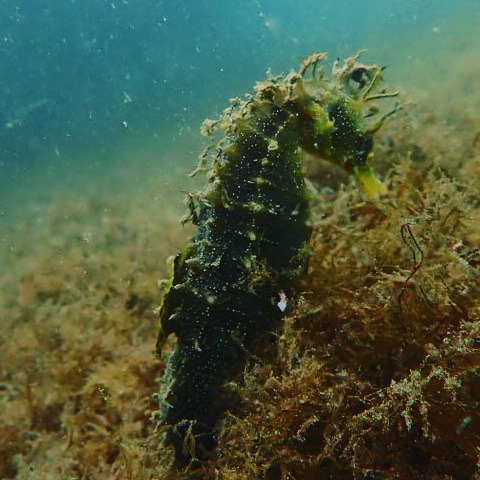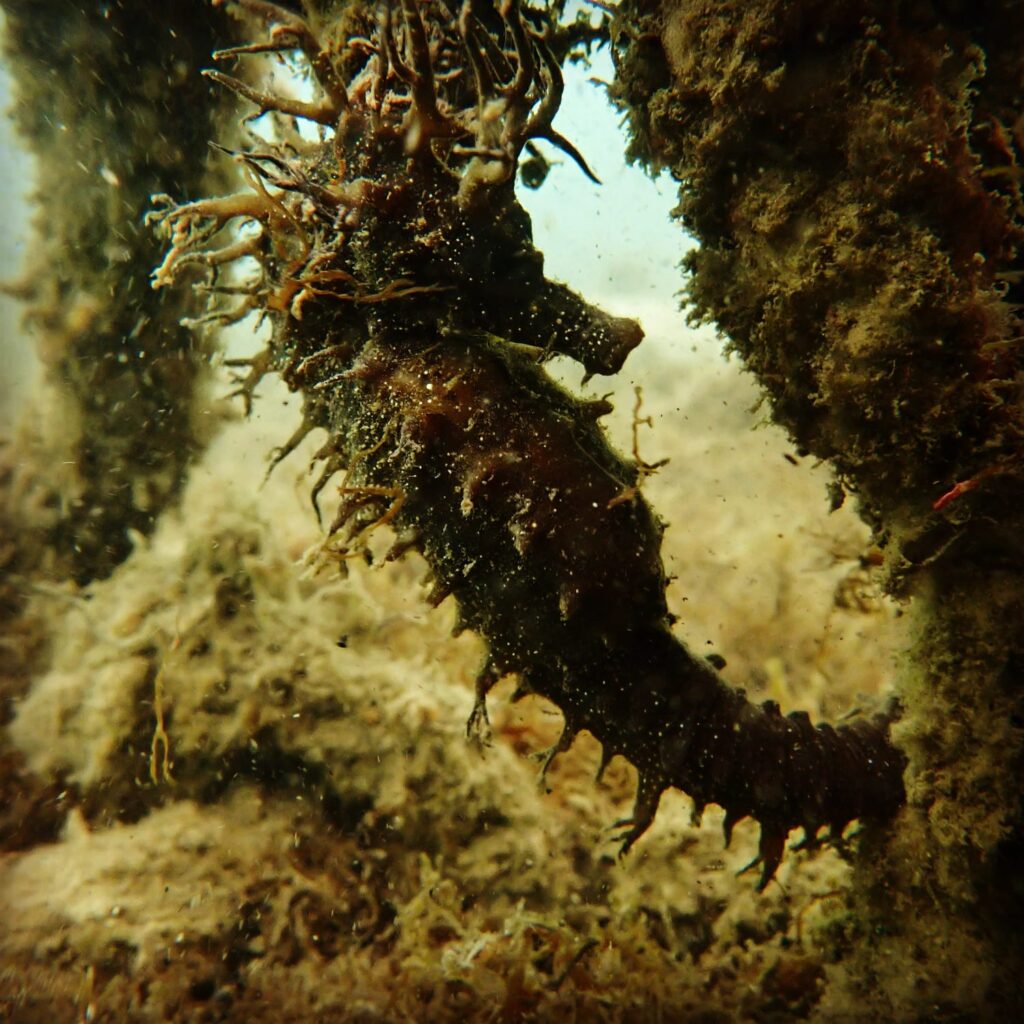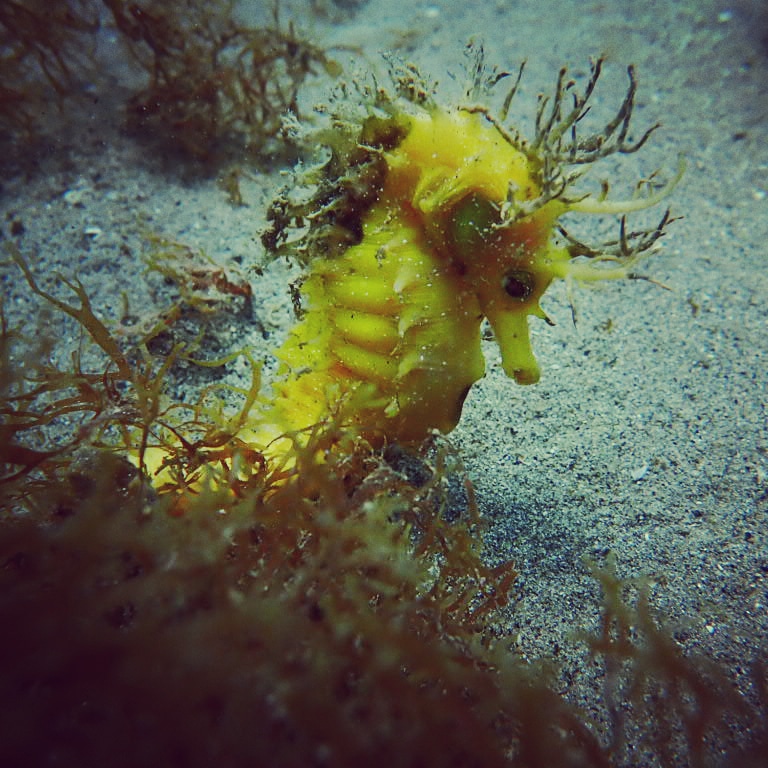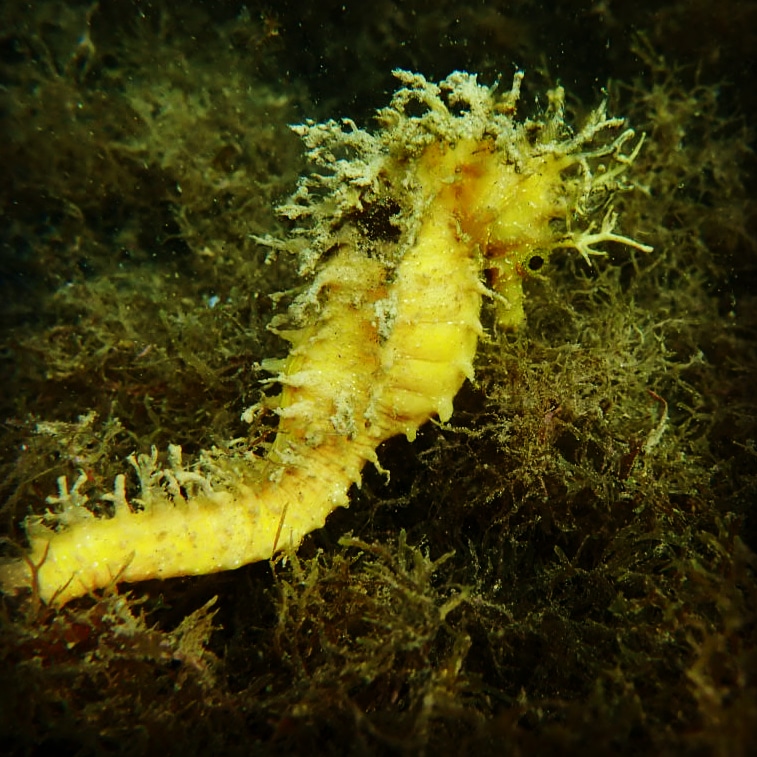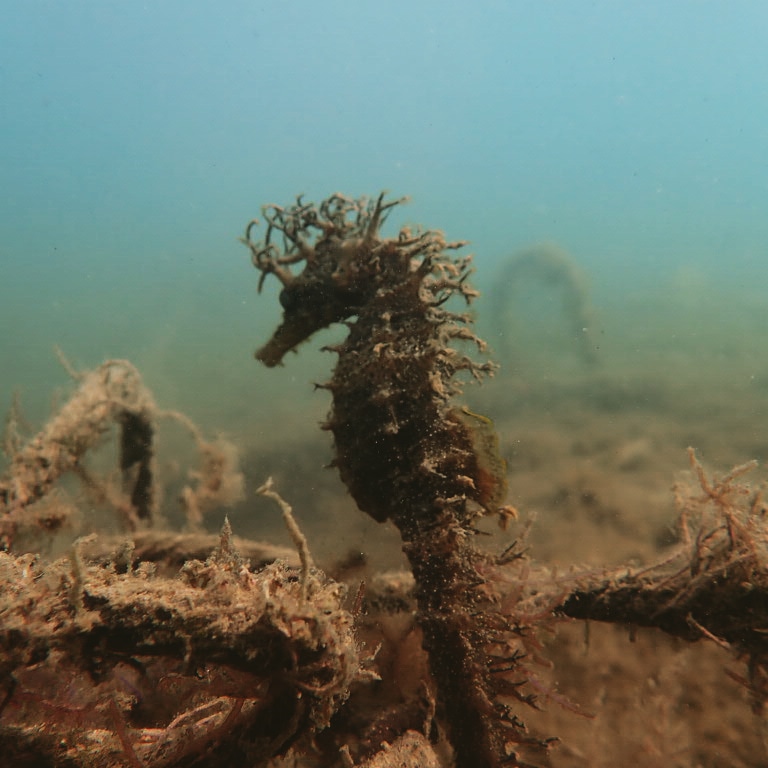Seahorses on the Costa del Sol
The Seahorses are living on the Costa del Sol. When you think of a fish, a seahorse might not be the first thing that comes to mind. Its head looks like a horse’s head. It swims upright. It is covered in bony plates instead of scales. But a seahorse is a kind of fish, in the same family as pipefish and seadragons.
where:
Seahorses can be found in tropical and temperate coastal waters around the world. To date, scientists have identified 46 different species of seahorses, ranging in size from 13 mm (.5 in.) to 35 cm (1.1 ft.) long. Luckily Scubacoursespain have spotted them on the Costa de Sol.
3 species live all year long on the Costa de Sol.
Types:
It can be difficult to classify seahorses using just visual markings and characteristics because individual seahorses within the same species sometimes look very different from one another. This is because seahorses can change their shape and color to blend in with their surroundings. So scientists have used genetic research to help differentiate between the species.

Body:
Special structures in their skin cells, called chromatophores, give seahorses the ability to change color. Seahorses use camouflage, the ability to blend into their surroundings, when they are escaping from predators and when they are sneaking up on prey of their own. They may also change colors as part of a greeting dance with their mate.
slow swimmers:
Seahorses are very slow swimmers. In fact, they are the slowest of all fish species. Unlike most fish, they do not have a caudal fin (a tail fin). Instead, they use one small fin on their back to propel themselves. This fin can beat back and forth 50 times per second. But its small size makes it fairly ineffective, especially in rough waters.
Though they may not be fast swimmers, seahorses do have the ability to swim forwards, backwards, up and down. They use small pectoral fins to steer, and they have a swim bladder (an air pocket inside their body) that controls their buoyancy. By changing the amount of air in their swim bladder, they can move up or down in the water.
Seahorses also have prehensile tails. This means their tail can grasp or hold objects (similar to a monkey’s tail). Sometimes they hold onto things in order to anchor themselves in place, but they may also grasp a moving object in order to hitch a ride somewhere.
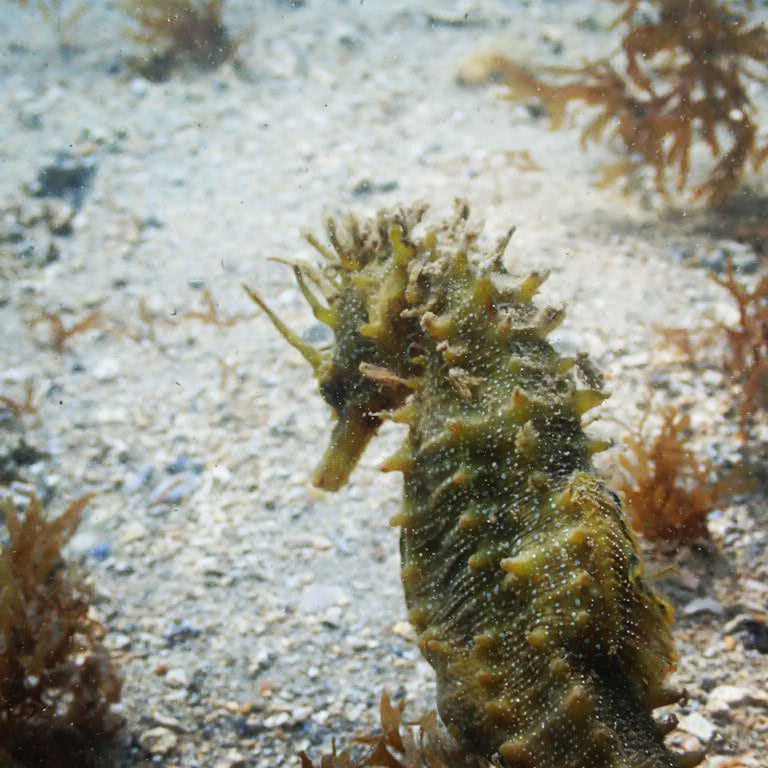
Birth:
Seahorses are unique in that the male seahorse is the one who carries the young and gives birth. The only other animal who does this is the seadragon.
When her eggs are ready, the female seahorse will lay her eggs into a pouch on the male’s abdomen called a brood pouch. This brood pouch is similar to a pouch on a kangaroo. Once the eggs are in the pouch, the male seahorse fertilizes them and then grabs onto an object with his tail so he can rest in place.

https://www.facebook.com/ScubaCourse-fish-portrait-107541321504523
More about the SeaHorses with wikipedia


